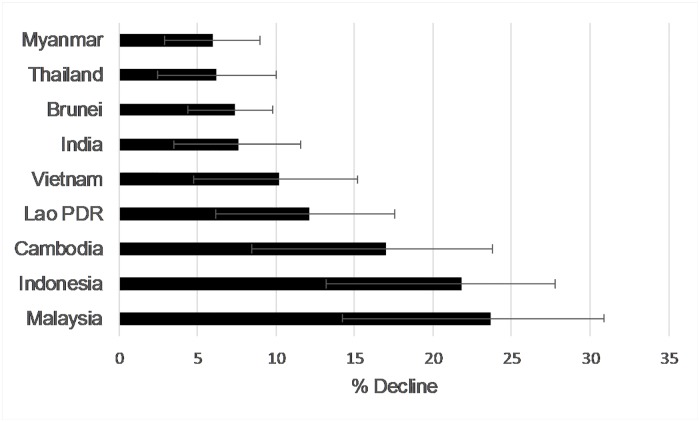Fig 4. Model-based projections of sun bear population change across southeast Asia between 2000–2014.
Bars, with 95% confidence intervals, show estimates generated by binary regression models (Eq 2) fit to the pooled mainland and insular data. Models assumed log catch rate of sun bears at camera traps was a linear function of % tree cover averaged over a 6 km2 circular area around camera traps. Country-level declines were predicted to be the most severe in Malaysia and Indonesia, which form the bulk of the insular region. On the mainland, declines roughly follow a longitudinal gradient, being highest in eastern countries (Cambodia, Lao PRD, Vietnam) and lowest in the west (India, Thailand, Myanmar).

